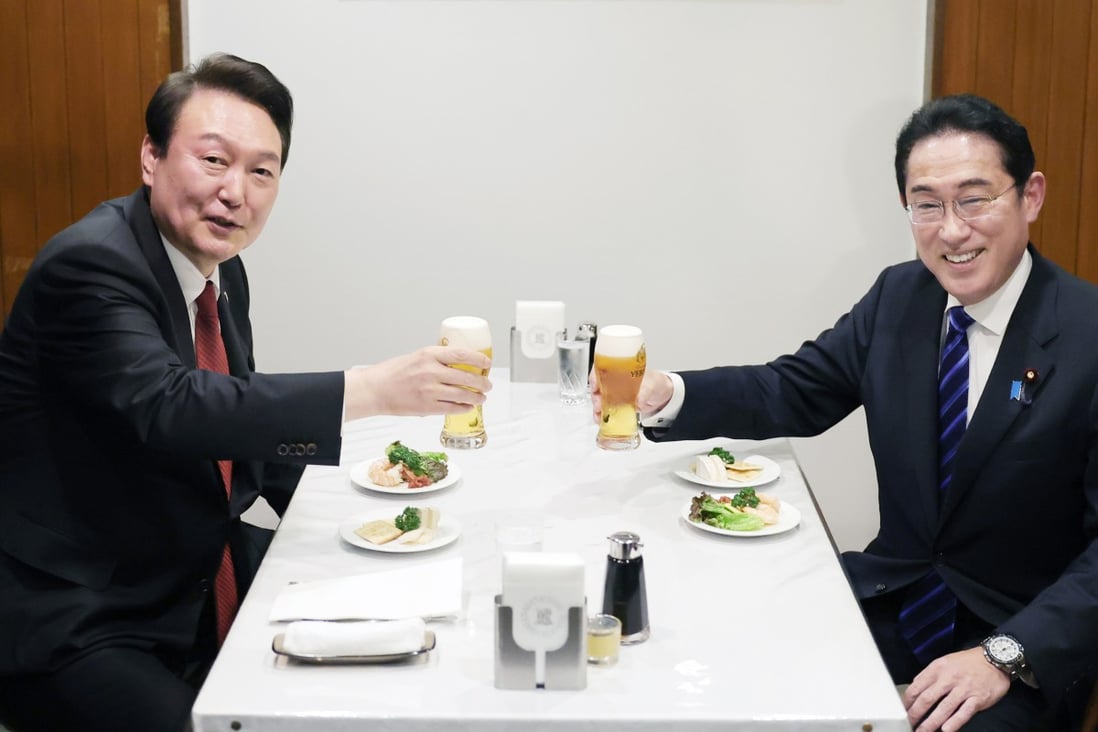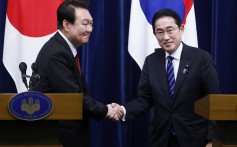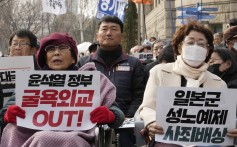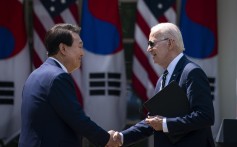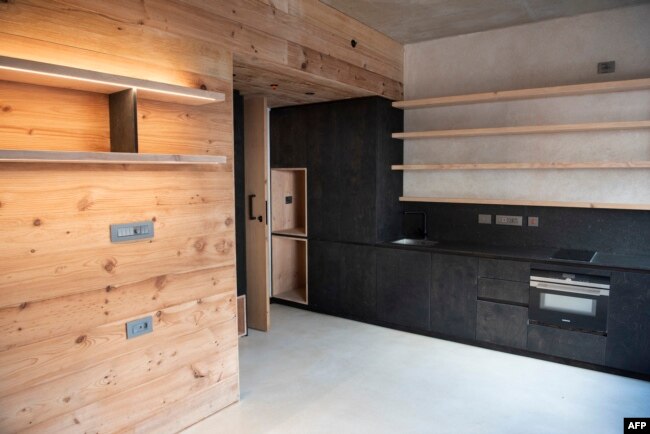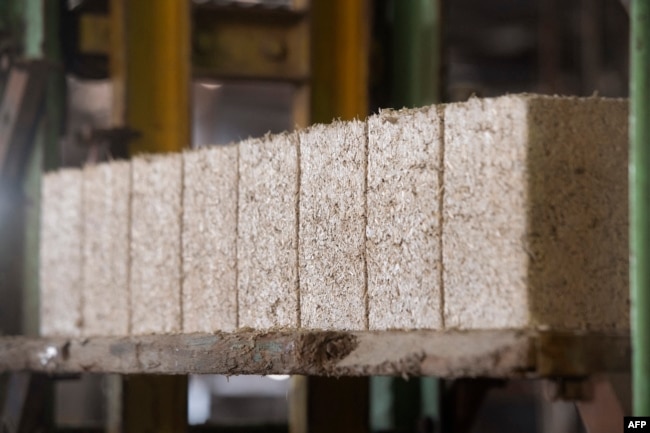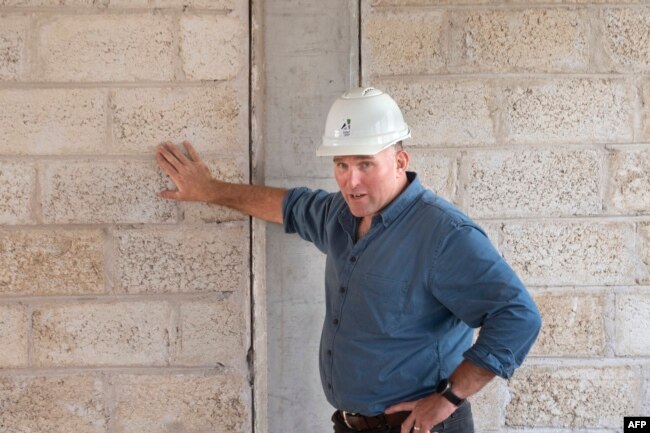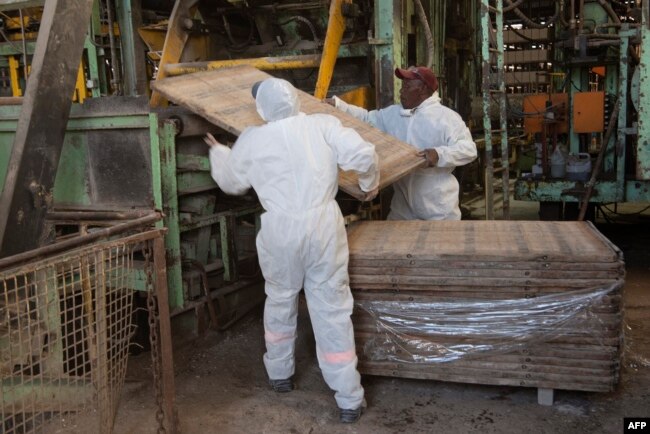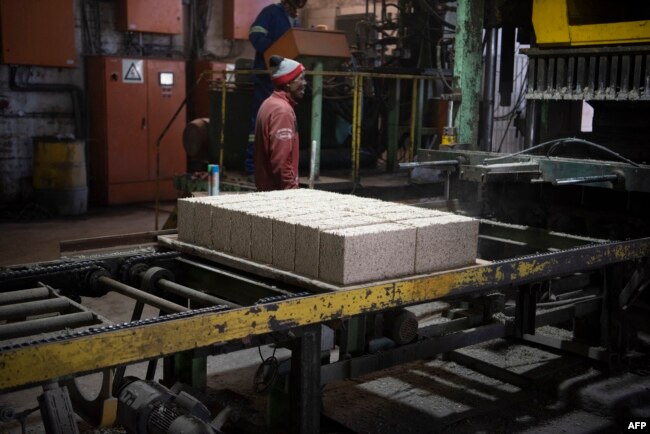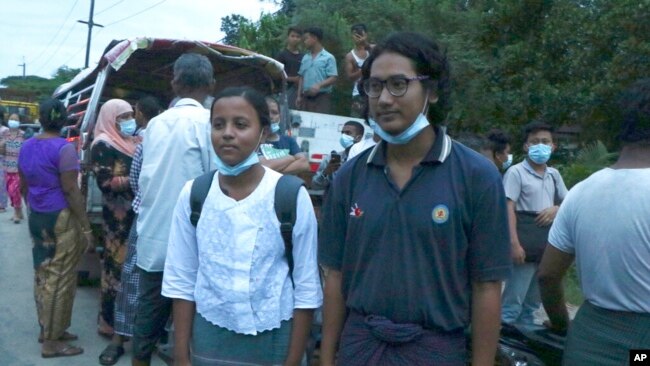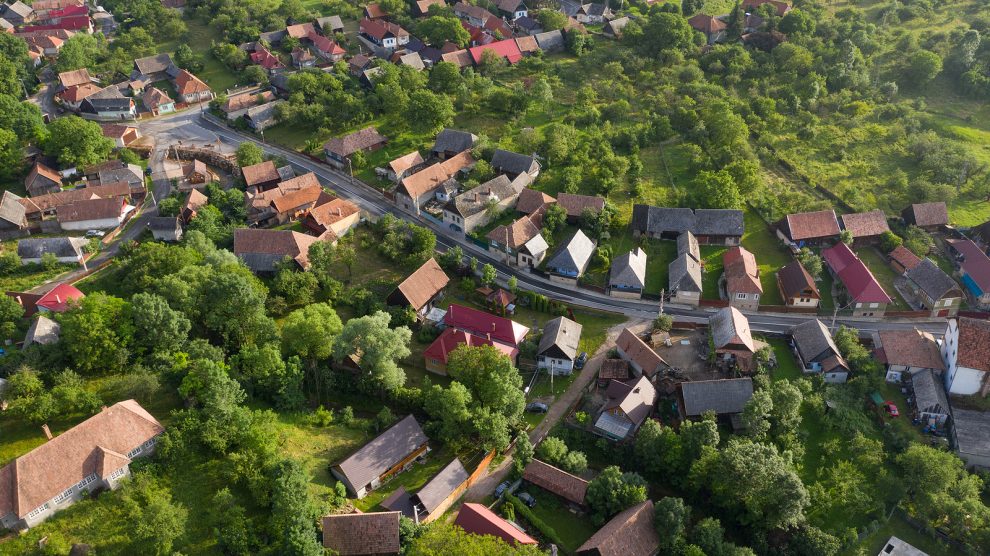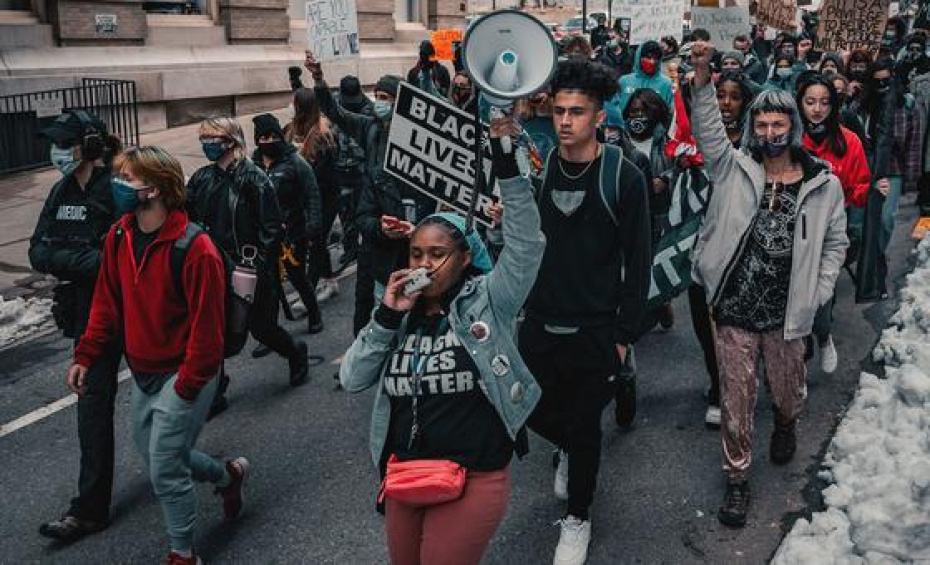Rep. Betty McCollum and 16 cosponsors have reintroduced a bill prohibiting Israel from using US aid to detain Palestinian children, destroy Palestinian homes, or unilaterally annex Palestinian land.
BY JEFF WRIGHT
MONDOWEISS


REP. BETTY MCCOLLUM (PHOTO: U.S. HOUSE OF REPRESENTATIVES)
This morning, Rep. Betty McCollum (MN-04) and 16 cosponsors—supported by a growing list of civil society and faith groups—reintroduced the Defending the Human Rights of Palestinian Children and Families Living Under Israeli Military Occupation Act for the 118th Congress. The legislation would ensure accountability for the use of U.S. taxpayer dollars.
According to a press release from McCollum’s office, “The legislation prohibits Israel’s government from using U.S. taxpayer dollars in the Occupied West Bank and East Jerusalem for the military detention, abuse, or ill treatment of Palestinian children in Israeli military detention; the seizure and destruction of Palestinian property and homes in violation of international humanitarian law; or any assistance or support for unilateral annexation of Palestinian lands in violation of international humanitarian law.”
“Not $1 of U.S. aid should be used to commit human rights violations, demolish families’ homes, or permanently annex Palestinian lands.”Rep. Betty McCollum
Congresswoman McCollum said, “Not $1 of U.S. aid should be used to commit human rights violations, demolish families’ homes, or permanently annex Palestinian lands. The United States provides billions in assistance for Israel’s government each year—and those dollars should go toward Israel’s security, not toward actions that violate international law and cause harm.”
The bill, first introduced in the 117th Congress in 2017, builds on advocacy efforts by Defense for Children International-Palestine (DCIP). In 2013, activists concerned about Israel’s treatment of Palestinian children gathered in Chicago. With the help of staff from DCIP and the American Friends Service Committee (AFSC), they planted the seeds of what would become the No Way to Treat a Child campaign, which has grown into an international movement. DCIP’s most recent fact sheet, Palestinian Children in Military Detention, was released earlier this year.
Brad Parker, Senior Adviser for Policy and Advocacy at DCIP, tells Mondoweiss, “We at DCIP think the bill is a powerful step toward holding the U.S. accountable for ensuring that U.S. military funding does not support these violations.”
In addition to restrictions the bill imposes on Israel’s use of U.S. taxpayer dollars, Parker says, “The bill sets forward annual certification requirements for the Secretary of State to submit to Congress to show that no U.S. funding has been used by the Israeli government to support these activities, as well as oversight reporting describing the nature and extent of the Israeli government’s actions on these activities. Furthermore, the bill calls for the Comptroller General to submit a report to Congress detailing Israel’s expenditures for offshore procurement.”
In reintroducing the bill, Rep. McCollum said, “Peace can only be achieved when everyone’s human rights are respected, and Congress has a responsibility to not ignore the well-documented mistreatment of Palestinian children and families living under Israeli military occupation.”
Her statement continued, “Support is growing rapidly for the Palestinian people, who deserve justice, equality, human rights, and the right to self-determination. Civil society groups, as well as Christian, Jewish, and Muslim organizations have signed on in support of this bill—because we all agree that no Palestinian child and no Jewish child should go to bed at night fearing ongoing violence. There is a path to a peaceful future, and it requires leading with our U.S. values of democracy and equal justice for all.”
Joining Rep. McCollum as original cosponsors: Rep. Don Beyer (VA-08), Rep. Ayanna Pressley (MA-07), Rep. Rashida Tlaib (MI-13), Rep. Donald Payne Jr. (NJ-10), Rep. Bonnie Watson Coleman (NJ-12), Rep. Ilhan Omar (MN-05), Rep. Raúl Grijalva (AZ-03), Rep. Jamaal Bowman (NY-16), Rep. Mark Pocan (WI-02), Rep. Cori Bush (MO-01), Rep. Pramila Jayapal (WA-07), Rep. Jesus “Chuy” Garcia (IL-04), Rep. Alexandria Ocasio-Cortez (NY-14), Rep. Barbara Lee (CA-12), Rep. Summer Lee (PA-12), Rep. Dwight Evans (PA-03).
DCIP’s Parker encourages supporters of Palestinian human rights to contact their representatives, encourage them to read the bill, and share why you’re asking them to sign on as a cosponsor. Additional background information on McCollum’s bill can be found at mccollum.house.gov/PalestinianHumanRights.
This morning, Rep. Betty McCollum (MN-04) and 16 cosponsors—supported by a growing list of civil society and faith groups—reintroduced the Defending the Human Rights of Palestinian Children and Families Living Under Israeli Military Occupation Act for the 118th Congress. The legislation would ensure accountability for the use of U.S. taxpayer dollars.
According to a press release from McCollum’s office, “The legislation prohibits Israel’s government from using U.S. taxpayer dollars in the Occupied West Bank and East Jerusalem for the military detention, abuse, or ill treatment of Palestinian children in Israeli military detention; the seizure and destruction of Palestinian property and homes in violation of international humanitarian law; or any assistance or support for unilateral annexation of Palestinian lands in violation of international humanitarian law.”
“Not $1 of U.S. aid should be used to commit human rights violations, demolish families’ homes, or permanently annex Palestinian lands.”Rep. Betty McCollum
Congresswoman McCollum said, “Not $1 of U.S. aid should be used to commit human rights violations, demolish families’ homes, or permanently annex Palestinian lands. The United States provides billions in assistance for Israel’s government each year—and those dollars should go toward Israel’s security, not toward actions that violate international law and cause harm.”
The bill, first introduced in the 117th Congress in 2017, builds on advocacy efforts by Defense for Children International-Palestine (DCIP). In 2013, activists concerned about Israel’s treatment of Palestinian children gathered in Chicago. With the help of staff from DCIP and the American Friends Service Committee (AFSC), they planted the seeds of what would become the No Way to Treat a Child campaign, which has grown into an international movement. DCIP’s most recent fact sheet, Palestinian Children in Military Detention, was released earlier this year.
Brad Parker, Senior Adviser for Policy and Advocacy at DCIP, tells Mondoweiss, “We at DCIP think the bill is a powerful step toward holding the U.S. accountable for ensuring that U.S. military funding does not support these violations.”
In addition to restrictions the bill imposes on Israel’s use of U.S. taxpayer dollars, Parker says, “The bill sets forward annual certification requirements for the Secretary of State to submit to Congress to show that no U.S. funding has been used by the Israeli government to support these activities, as well as oversight reporting describing the nature and extent of the Israeli government’s actions on these activities. Furthermore, the bill calls for the Comptroller General to submit a report to Congress detailing Israel’s expenditures for offshore procurement.”
In reintroducing the bill, Rep. McCollum said, “Peace can only be achieved when everyone’s human rights are respected, and Congress has a responsibility to not ignore the well-documented mistreatment of Palestinian children and families living under Israeli military occupation.”
Her statement continued, “Support is growing rapidly for the Palestinian people, who deserve justice, equality, human rights, and the right to self-determination. Civil society groups, as well as Christian, Jewish, and Muslim organizations have signed on in support of this bill—because we all agree that no Palestinian child and no Jewish child should go to bed at night fearing ongoing violence. There is a path to a peaceful future, and it requires leading with our U.S. values of democracy and equal justice for all.”
Joining Rep. McCollum as original cosponsors: Rep. Don Beyer (VA-08), Rep. Ayanna Pressley (MA-07), Rep. Rashida Tlaib (MI-13), Rep. Donald Payne Jr. (NJ-10), Rep. Bonnie Watson Coleman (NJ-12), Rep. Ilhan Omar (MN-05), Rep. Raúl Grijalva (AZ-03), Rep. Jamaal Bowman (NY-16), Rep. Mark Pocan (WI-02), Rep. Cori Bush (MO-01), Rep. Pramila Jayapal (WA-07), Rep. Jesus “Chuy” Garcia (IL-04), Rep. Alexandria Ocasio-Cortez (NY-14), Rep. Barbara Lee (CA-12), Rep. Summer Lee (PA-12), Rep. Dwight Evans (PA-03).
DCIP’s Parker encourages supporters of Palestinian human rights to contact their representatives, encourage them to read the bill, and share why you’re asking them to sign on as a cosponsor. Additional background information on McCollum’s bill can be found at mccollum.house.gov/PalestinianHumanRights.


